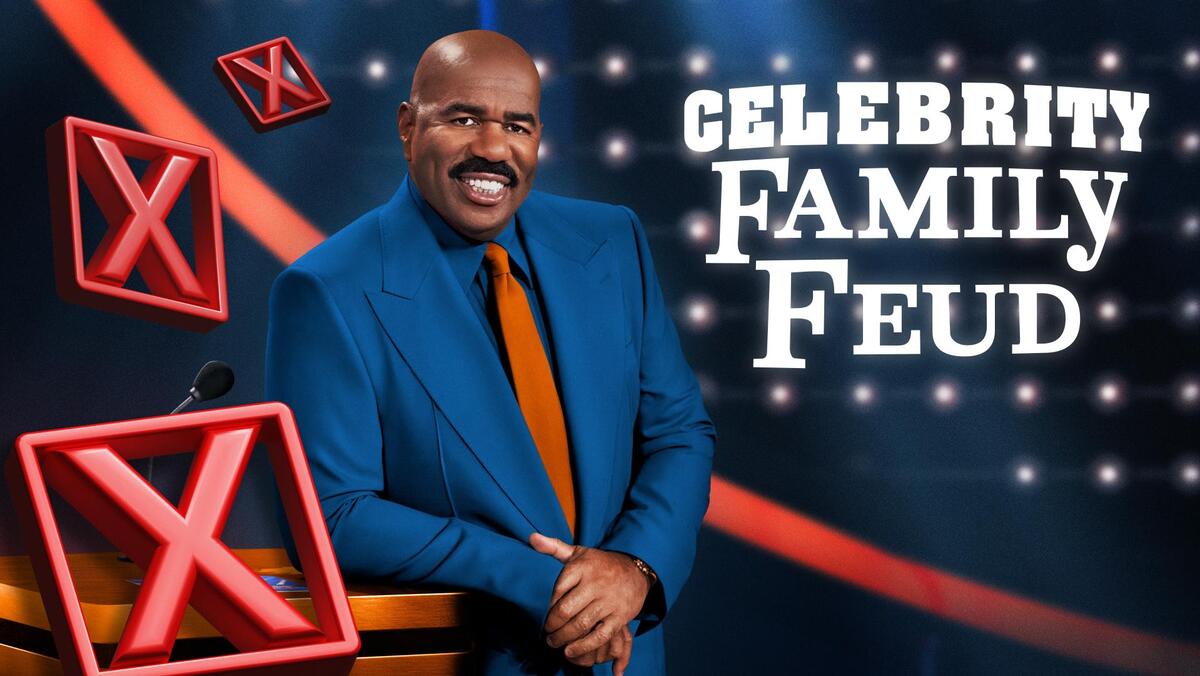“Double Dare” was among Nickelodeon’s earliest original shows, playing a pivotal role in establishing the network and pioneering the concept of fun game shows for kids. Prior to this, game shows primarily targeted adults, with contestants seated and answering questions or solving puzzles. Nickelodeon revolutionized the genre by making kids both the audience and the contestants, introducing sillier, messier, and more physical competitions.
During the 1990s, Nickelodeon experienced a surge in the popularity of its game shows, becoming synonymous with innovative and boundary-pushing programming. This era saw the network experiment with a variety of unconventional concepts, from physical challenges to trivia competitions, captivating audiences with their creativity and unpredictability. Despite occasional misses, these daring ventures often yielded memorable moments and laid the groundwork for future successful shows within the genre. Nickelodeon’s willingness to take risks and push the envelope during this period contributed significantly to the evolution of game shows on television.
Nickelodeon Arcade
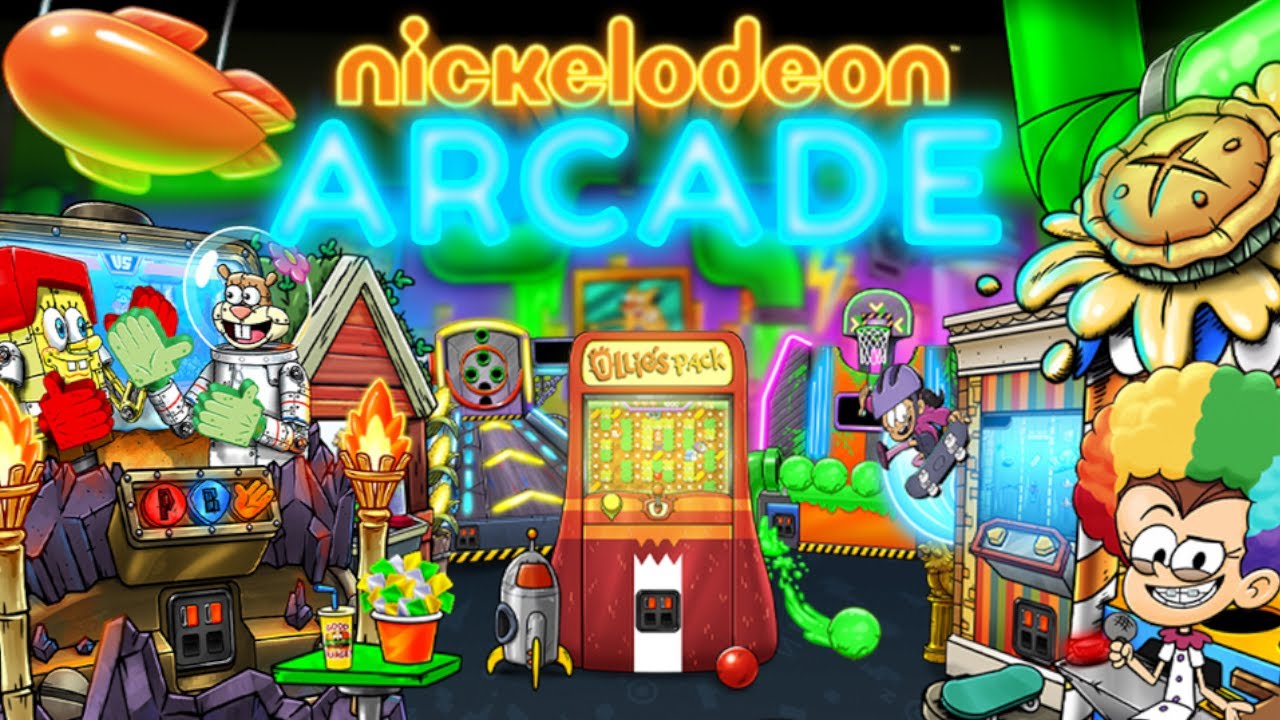
Nowadays, video game content dominates platforms like YouTube and Twitch, but TV struggled for years to capture the essence of gaming. One early attempt was “Starcade!”, a short-lived ’80s show where kids answered game-related trivia before playing games themselves.
“Nickelodeon Arcade” borrowed from this format, airing for two seasons. Like “Starcade!”, kids tackled gaming questions but with more elaborate gameplay segments. They kicked off each episode with custom-built games, albeit mostly variations of “Pong.” The highlight was the final round, where contestants seemingly “entered” a video game, though it was mostly green screen wizardry, pioneering for its time in 1992.
Outta Here!
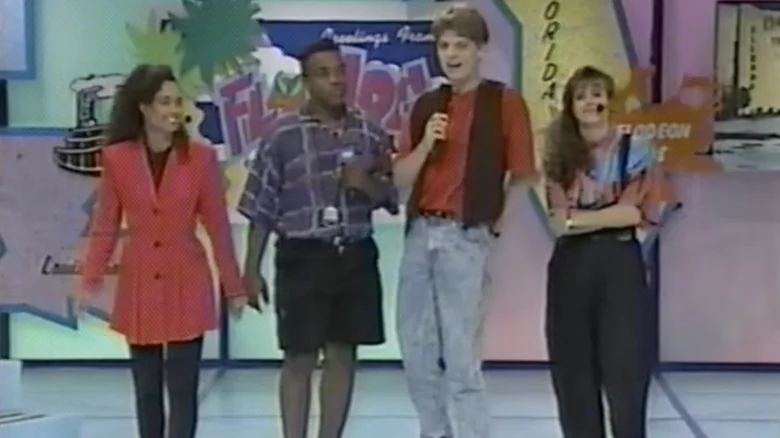
Nickelodeon’s game shows of the ’90s were characterized by their innovative approach and departure from traditional formats. An example is “Outta Here!”, which aired for one season from 1990 to 1991. Combining elements of talk shows, game shows, and variety shows, it exemplified the network’s willingness to experiment with new ideas.
In each episode, kids from the audience became contestants, split into two teams led by the show’s hosts: Mike Daniels, Tiffany Hunter, Kareen Germain, and Bruce Klassen. They tackled challenges involving trivia and physical tasks.
“Outta Here!” wasn’t solely focused on games; it also included segments discussing pop culture and occasional celebrity interviews. Despite packing a lot into just 30 minutes, kids easily kept up. Like other Nickelodeon game shows, it was filmed at Nickelodeon Studios in Universal Studios Florida, providing visiting kids an opportunity to participate in the excitement.
Guts
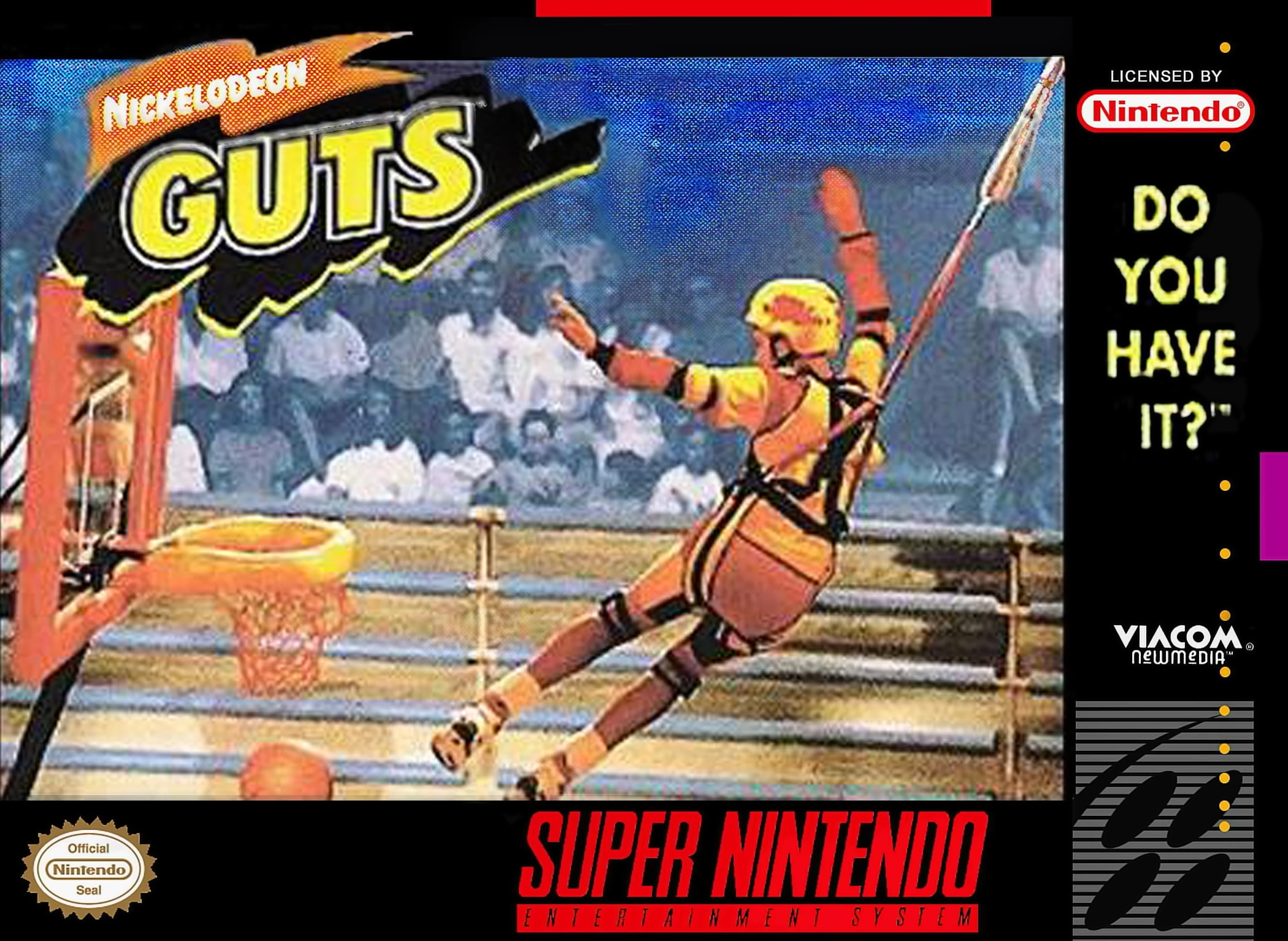
“Nickelodeon Guts,” commonly known as “Guts,” took physical challenges to the next level after the influence of “Double Dare.” Airing from 1992 to 1995, the show’s tagline, “Do you have it?” hinted at the athleticism needed from contestants, reflecting the trend of extreme sports marketing to kids during that era.
Hosted by Mike O’Malley, known for later work in “Snowpiercer,” “Guts” showcased sports-themed challenges like basketball and soccer, but with added twists. Contestants bounced on trampolines, soared on harnesses, and navigated obstacle courses, creating visually dynamic and demanding tasks.
The pinnacle was the final round where players conquered the Aggro Crag, later upgraded to the Mega Crag and Super Aggro Crag. Scaling these vertical courses was the ultimate challenge, with winners earning a piece of the faux mountain.
Expanding beyond its original three seasons, “Guts” included an “All-Stars” special in 1993, a fourth season titled “Global Guts” featuring international players, and a 2008 reboot called “My Family’s Got Guts,” airing 22 episodes.
Total Panic

“Absolute Chaos,” airing from 1989 to 1990, emerged as a groundbreaking experiment, seemingly forging its own path as it unfolded. Spanning two to three hours every Sunday morning, it transcended conventional formats, embodying the pioneering spirit of early cable television.
While not strictly a game show, “Absolute Chaos” showcased recurring segments filled with physical challenges where audience members vied for prizes. Its diverse lineup encompassed celebrity interviews, film and video game critiques, animated vignettes, music videos, and live event coverage.
Its significance lies in several aspects: pioneering physical games akin to those in other Nickelodeon game shows, its resemblance to the subsequent series “Outta Here!” which leaned heavily into gaming, and its interactive gaming segment “Munch-a-Critter,” offering a glimpse into the technological advancements later seen in “Nick Arcade.”
What Would You Do?

From 1991 to 1993, Nickelodeon’s “Imaginary Scenarios” set itself apart from ABC’s identically titled hidden camera program. Rather than covert footage, it presented contestants with quirky hypothetical situations depicted in videos. Viewers then voted on their predicted outcomes or how they would navigate the scenarios portrayed.
Similar to “Double Dare,” the show incorporated physical games and stunts for audience members, often involving messy challenges. Hosted by Marc Summers, who also hosted “Double Dare,” it felt like a spin-off with a focus on messy fun, resembling a blend of “Double Dare” and “America’s Funniest Home Videos.”
Wild & Crazy Kids
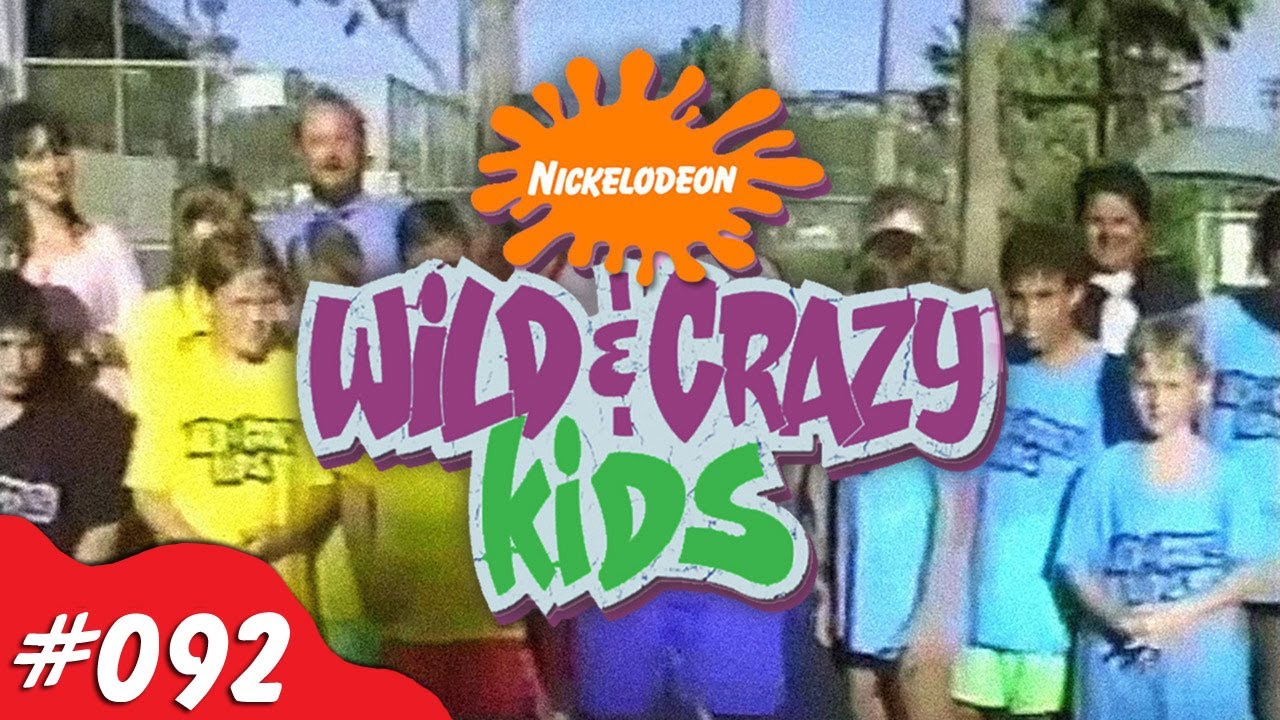
Nickelodeon’s “Wild & Crazy Kids” injected outdoor excitement and physical thrills into children’s television. Hosted by Omar Gooding, the show ran from 1990 to 1992, experiencing a revival in 2002. It showcased inventive twists on conventional sports, such as spinning before a home run derby and donkey-back basketball. Traditional playground games like red light-green light and tug of war were also highlighted, alongside messy challenges like food fights and slime contests. While most participants were everyday kids, special celebrity-themed episodes featured stars from popular shows like “Saved by the Bell” and “Roseanne,” competing for charitable causes.
Figure It Out
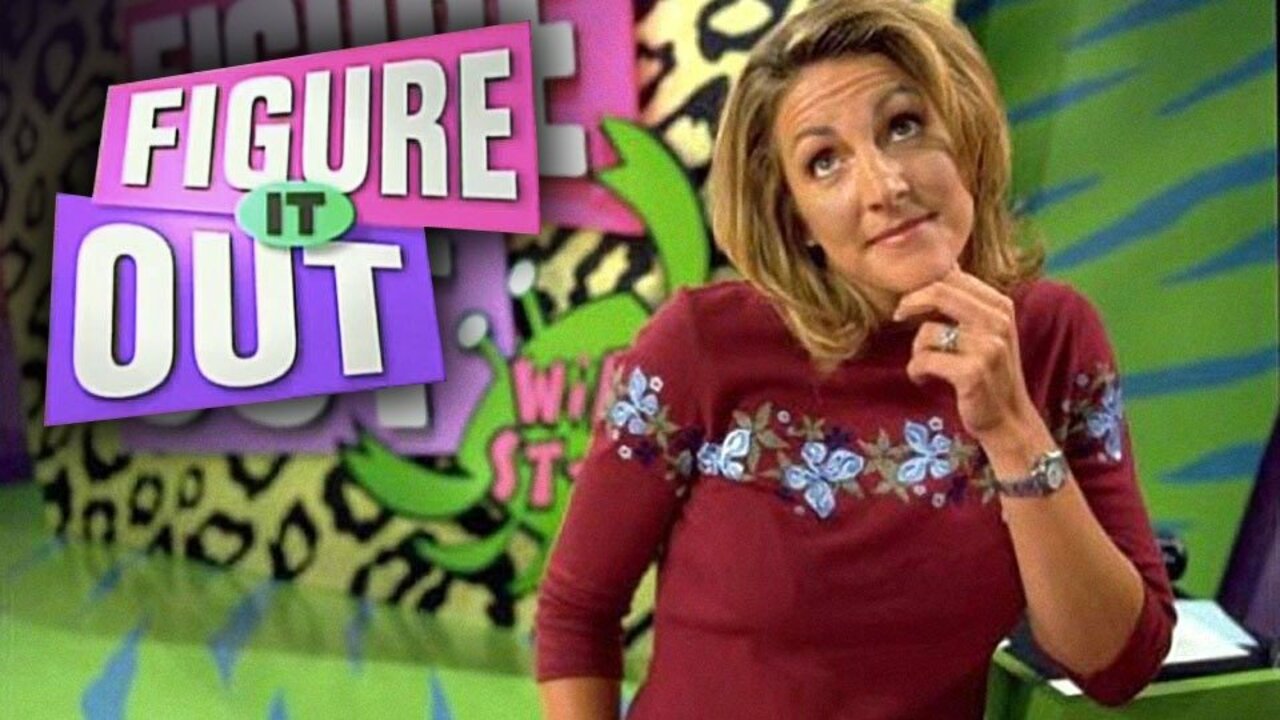
In the latter half of the ’90s, Nickelodeon shifted towards brain-centric game shows, with “Figure it Out” being a prime example. Airing from 1997 to 1998, it put a kid-friendly twist on classic panel-based formats like “To Tell the Truth” and “What’s My Line?” Contestants had to guess the secret talents of their fellow players.
However, the show retained Nickelodeon’s trademark element of surprise. Contestants faced the risk of getting slimed if they unknowingly triggered the “mystery slime action,” which could be as mundane as scratching their nose or saying a common phrase. Being slimed was practically a rite of passage on “Crack the Code.”
While the initial two seasons adhered closely to the original formula, Seasons 3 and 4 introduced refreshing changes. Season 3, dubbed “Family Edition,” featured contestant families, whereas Season 4, titled “Animal Instinct,” spotlighted talents with an animal theme, complete with elaborate costumes and wigs. The show reverted to its classic structure for its revival seasons in 2012 and 2013.
Get the Picture
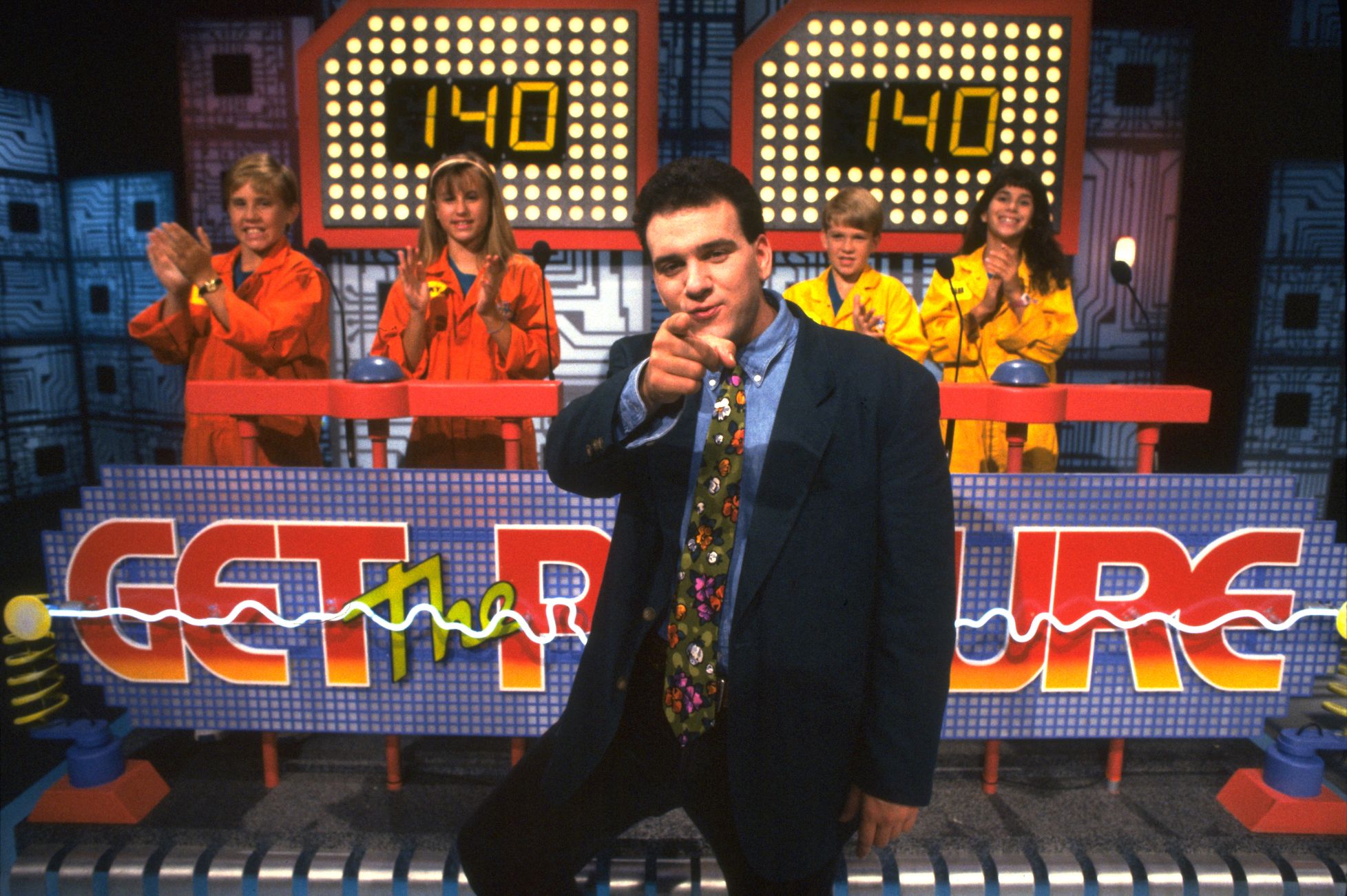
“Get the Picture,” a low-key game show from 1991 hosted by Mike O’Malley, had teams gradually reveal a picture hidden behind a divided video wall. Contestants uncovered sections of the picture by answering questions and completing tasks.
Although devoid of the typical Nickelodeon gross-out antics, the inaugural season of “Capture the Scene” showcased a segment with physical trials like ring toss and mini-golf, a facet omitted in Season 2. Furthermore, Season 2 transitioned to scoring points rather than monetary values. Despite its straightforwardness, “Capture the Scene” amassed a commendable 115 episodes, lingering in reruns for two years post-cancellation.
The program also inspired overseas adaptations, such as one in the United Kingdom and another in the Netherlands named “Snap It” (translated to English).
You’re On!
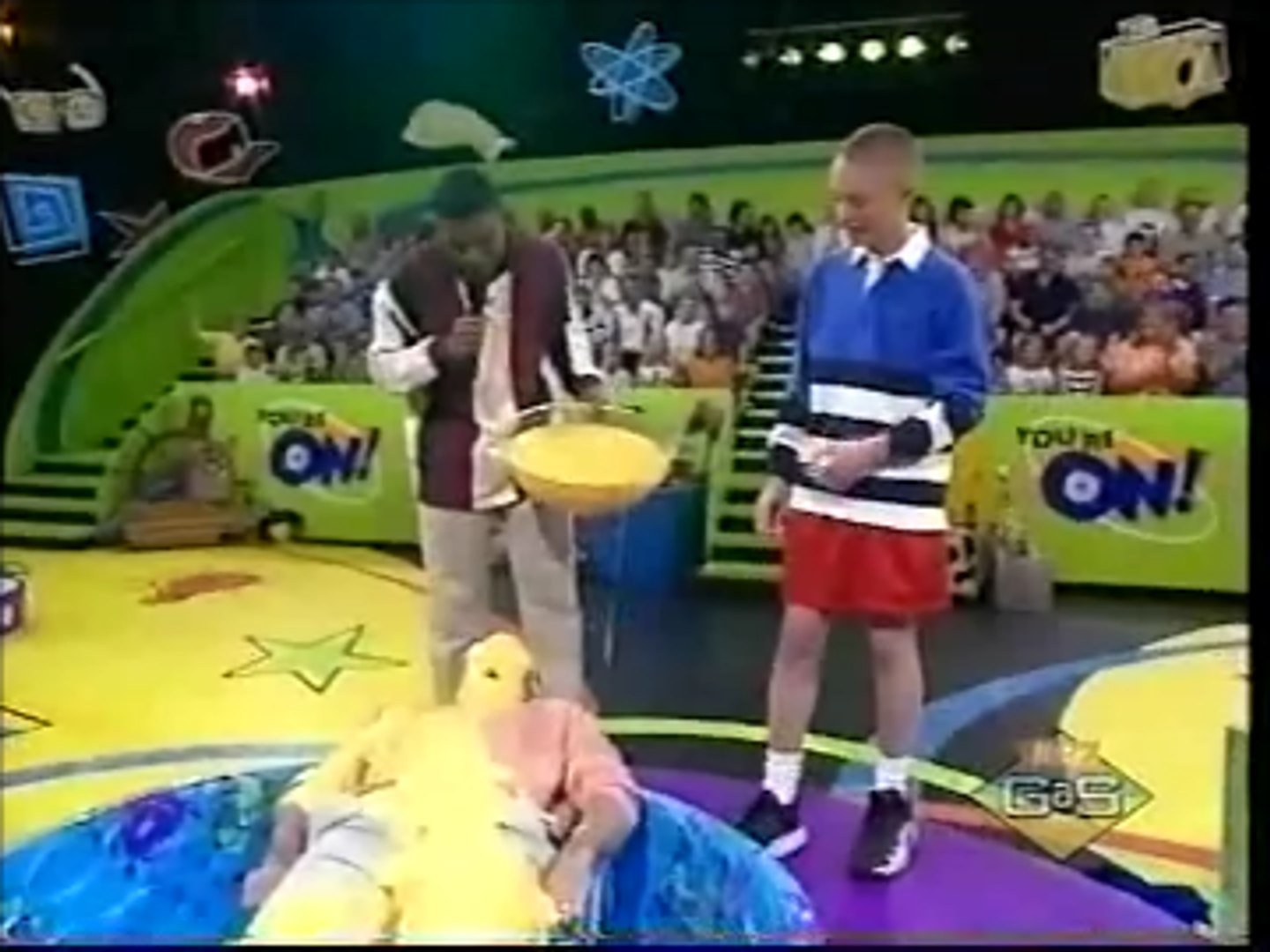
Premiering in 1998, “You’re On!” differed from traditional hidden camera shows like “Candid Camera” while hinting at the emergence of prank videos in the digital era. The premise involved youngsters persuading unsuspecting passersby to partake in ludicrous tasks on the street, only to reveal they were being recorded.
Transitioning to the studio for the second phase, the action centered on audience members predicting the contestants’ ability to complete tasks from a provided list. Securing victory was essential to avoid the messy consequences awaiting the losing team, typically involving a slimy ordeal.
Adding to the amusement, juvenile participants often doused their adult counterparts in slime, presenting a gratifying reversal of roles that struck a chord with viewers.
Legends of the Hidden Temple
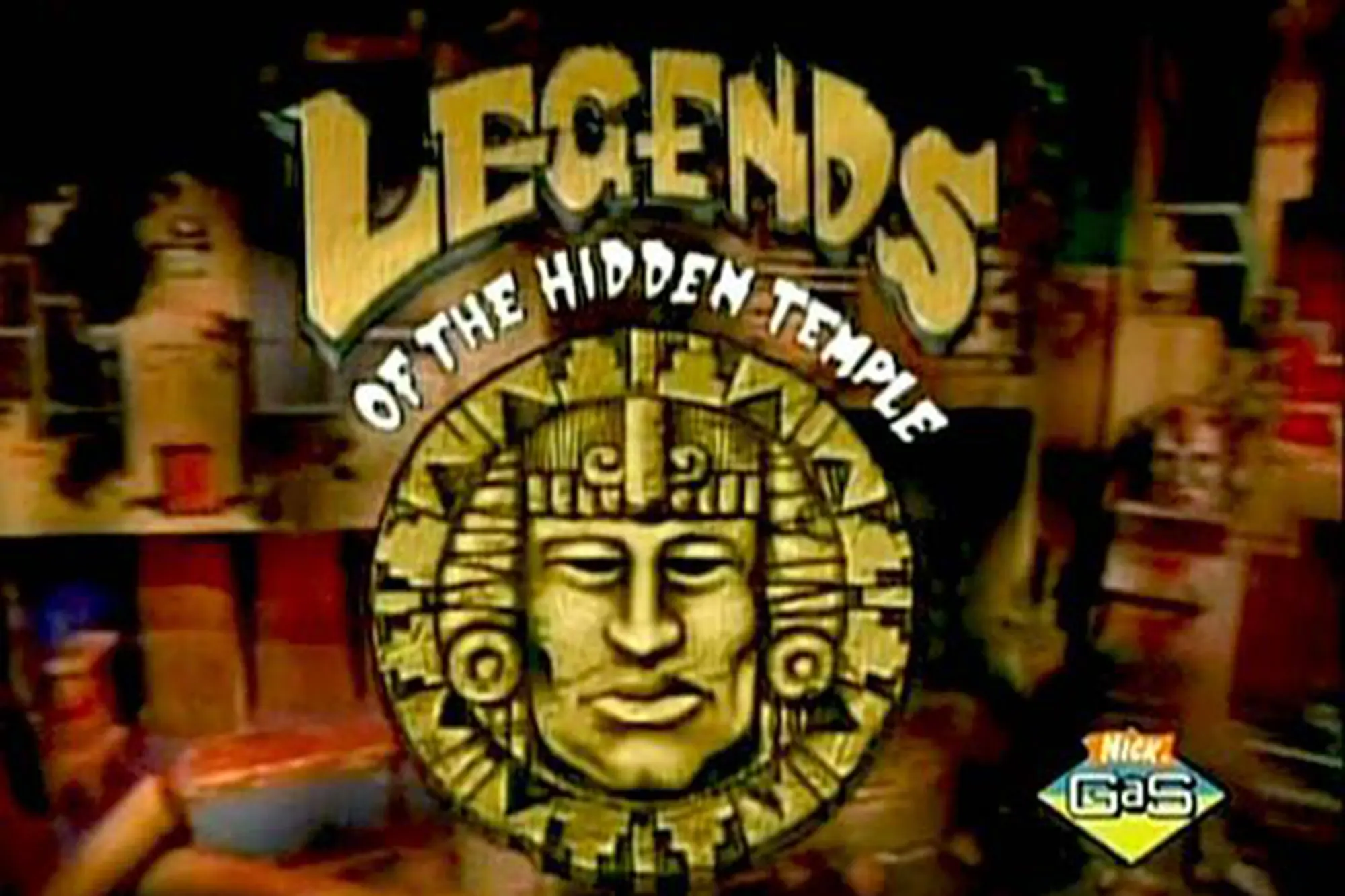
“Legends of the Hidden Temple” emerges as one of Nickelodeon’s cherished game shows, offering a fresh take on the genre. Hosted by a mystical entity named Aether, the series presented daring challenges like scaling treacherous cliffs and deciphering ancient riddles instead of conventional athletic feats.
The pinnacle of “Legends of the Hidden Temple” was the exhilarating Palace Expedition, evoking memories of adventure classics like “Indiana Jones.” Contestants maneuvered through a labyrinthine fortress, encountering hurdles like hidden chambers and spectral guardians, all in pursuit of elusive artifacts and keys to secure victory.



